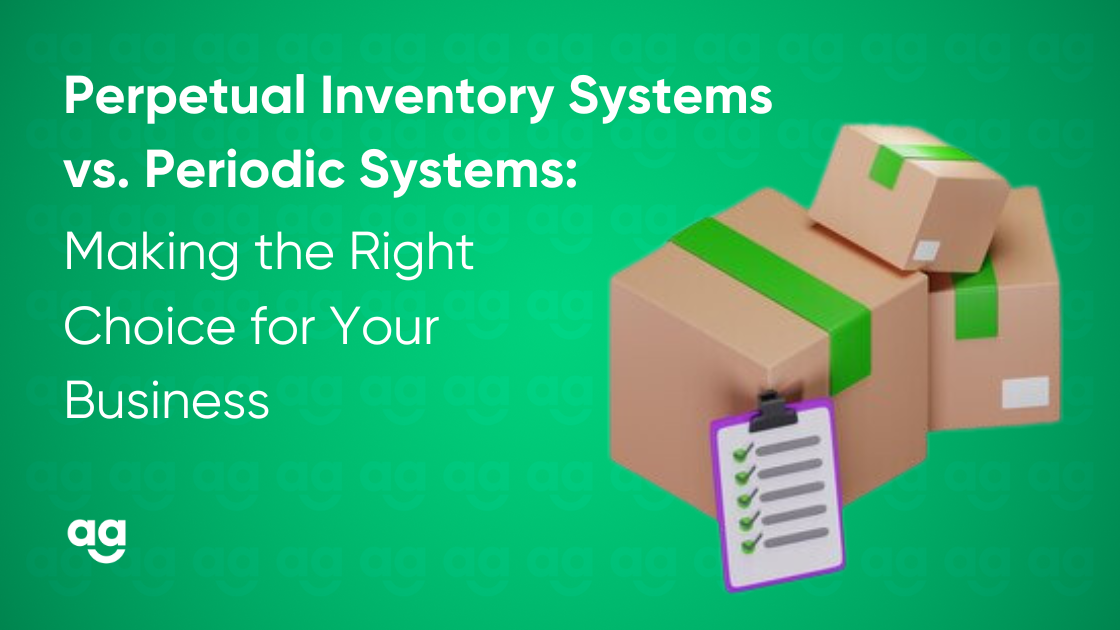Introduction
By using inventory management systems, businesses are better equipped to match product supply with its demand. Perpetual and periodic inventory calculations are the two conventional approaches for inventory management. Both these systems have their advantages and disadvantages.
Since periodic inventory systems may be manually deployed from the outset with little resource and experience input, they are frequently the default technique employed by start-ups or small firms. However, small firms looking to improve or streamline their accounting and inventory procedures are finding it easier and easier to get their hands on perpetual inventory solutions.
Definition of Periodic Inventory System
Physical inventory counts are carried out as part of a valuation process on a monthly, quarterly, or annual basis when utilizing a periodic inventory system.
Companies that employ this strategy do not instantly update their records to reflect each sale or purchase. Rather, the periodic approach determines a gross profit only after computing the cost of goods sold (COGS) at the conclusion of each regular interval.
Smaller companies may find this approach particularly advantageous because it spares them from having to pay for expensive workforce or sophisticated management software.
The periodic system can show you whether you’re achieving a suitable return on investment or whether your inventory management is inefficient based on the ratio of COGS to gross profit.
Advantages of Periodic Inventory System
Reduced technological costs: All you need to track inventory is a spreadsheet and a calculator.
Easy to follow: You don’t have to keep track of each and every sale, purchase, and refund instantly.
More economical: Companies can save money because they don’t need specialized workers or unique software.
Minimal experience required: Since inventory valuation includes fewer computations than other methods, a basic understanding of the subject is necessary.
Disadvantages of Periodic Inventory System
Possible revenue loss: You can run out of inventory and not know it until the following inventory count, which would result in fewer sales and income.
Inadequate inventory management: This may arise from depending too much on manual counting, which can lead to mistakes made by people.
More labor-intensive: Physical inventory counts may cause delays in business operations and the diversion of resources from other projects.
Definition of Perpetual Inventory System
Sophisticated software is used by a perpetual inventory system to automatically track all inventory transactions, including shipments arriving and going out, refunds, and adjustments.
Businesses may immediately replenish products as needed and avoid stockouts or overstocks by using this more precise and real-time view of inventory levels. Grocery chains and other firms with substantial stocks and high transaction volumes would benefit greatly from this approach.
The COGS is updated continuously by the system in response to any modifications to the inventory, even though it is calculated using the same formula as the periodic system. By reducing lost income and improving stock forecasts, this continuous tracking of every detail related to a transaction can have an effect on earnings.
Advantages of Perpetual Inventory System
Easily manage several locations: With real-time inventory tracking, all sites are kept informed and able to work together more efficiently to fulfill requests.
Enables more accurate stock projections: Businesses can more accurately forecast their future stock requirements with the use of real-time data on inventory levels and movements.
Reduced expenses for inventory management: Improving forecasting can help with stockout and overstocking situations, which cuts down on the cost of extra inventory.
Precise, up-to-date information: Automatic adjustments to stock levels give companies a more precise immediate picture of their inventory.
Disadvantages of Perpetual Inventory System
Scanning problems: Human error or barcode faults can lead to incorrect data entry and discrepancies.
Frequent Audits to prevent theft: Increased monitoring is required because theft or misplacement may necessitate more frequent audits and checks, which can take more time and money.
Expensive: A large investment in software, hardware, and training may be needed.
Wrapping Up
Businesses must balance cost-effectiveness and ease of use against improved decision-making and real-time accuracy when deciding between periodic and perpetual inventory systems.
Smaller businesses can benefit from periodic systems, which are less expensive when paired with manual tracking, but they run the risk of losing revenue and requiring more resources. Larger companies benefit greatly from perpetual systems, which are more expensive but offer real-time data and security.
Budgetary restrictions, industry demands, and company size are some of the variables that influence the decision. Finding a balance guarantees effective inventory control, which is in line with corporate objectives for long-term performance in a changing marketplace.







 Shipping
Shipping







